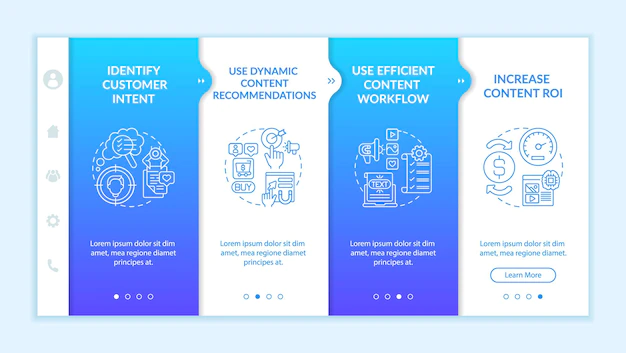[kc_row use_container=\”yes\” force=\”no\” column_align=\”middle\” enable_particle_bg=\”no\” video_mute=\”no\” _id=\”733963\”][kc_column width=\”12/12\” video_mute=\”no\” _id=\”992021\”][kc_column_text _id=\”916603\”]
Are your email messages normal? Or, are they very organized? Are you using the right tone?
Email messages are different than typed characters. You can\’t be too \”very\” official in a book. In the email, the most official look stupid. What is the appropriate email tone? – more than a letter. However, there is a fine line between being very comfortable and being very firm.
To some extent, the attitude and culture of your company will dictate the amount of process required. For example, flower shops and hotels will not be as legal as a bank or law firm.
As you write the message, think of someone who will be reading it. Know your audience.
The task becomes easier when you reply to a message. You already see the sender tone. All you have to do is match that word.
If in doubt, strive to get a professional, yet conversational tone. Another easy way to accomplish a conversation tone is to use abbreviations (I will do, help, he, she).
Also, it is acceptable to use pronouns. In discussion, we utilize the words \”I, we, you.\” So, utilize these in messages. For instance, “Recommended. . . \”Sounds too difficult. Instead, try,\” I suggest… \”
Note the pronoun “I.” Excessive use can be considered arrogant. You do not want to appear proud. When you see the plural “I am here,” try rewriting the rest of the sentence. This will create diversity, and that sensitive personal pronoun will not be obvious.
Email is a great way to communicate. Just remember that your old typed style needs to be changed to make your messages sound stronger and more durable. Then again, email isn\’t a permit to be messy. The best email messages get a blissful equilibrium. They have a voice to talk to.
[/kc_column_text][/kc_column][/kc_row]









